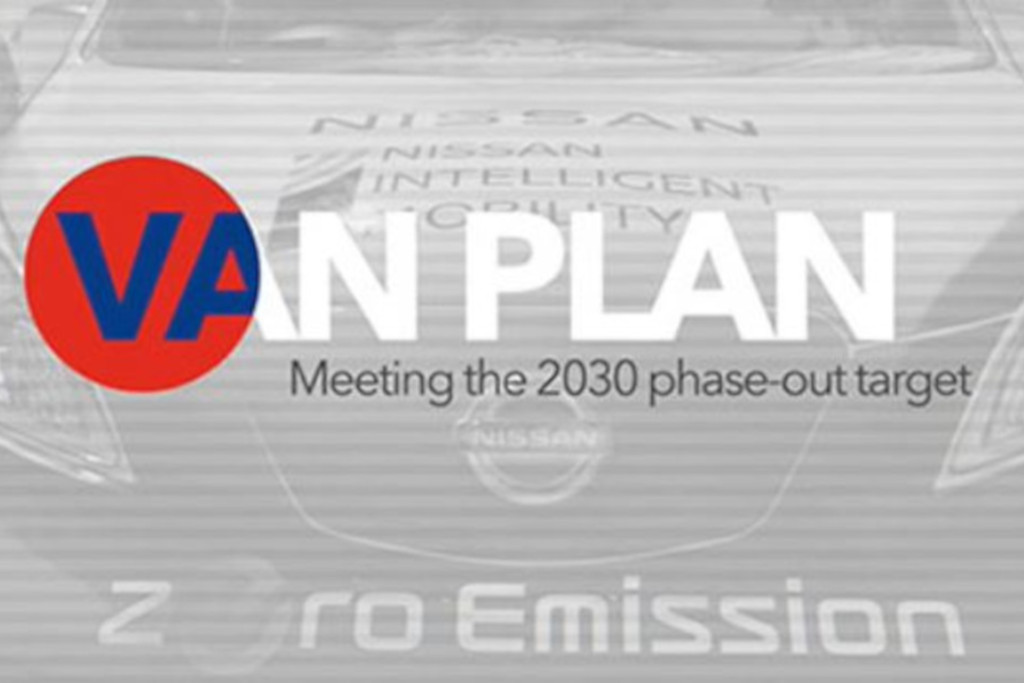This new BVRLA plan sets out some of the challenges commercial vehicle owners will face as they seek to meet zero emissions targets.
Currently, the government has put in place a good scheme for promoting zero emission cars, with incentives such as Plug-in-Grants and Benefit-in-Kind tax rates. This is generating a good uptake of electric cars in fleets and personal use, but so far there is no similar plan for commercial vehicles.
The BVRLA have proposed some recommendations for implementing a plan to decarbonise vans and commercial vehicles.
The “Van Plan” begins by emphasising the role of vans in UK industry. One in ten workers rely on a van for their job – that’s 3.4 million people. Given the rise of home delivery services, self employed couriers, and online retail, this number is only going to rise. Vans are also heavily used in many other sectors, from healthcare to construction to emergency services. This diversity means vans have a wide range of specialisations, which can prove challenging for electrification.
Added to the fact that electric van technology is lagging behind electric car technology by a significant margin, the BVRLA argue that more attention needs to be paid to improving electric vans and making them viable to meet zero emissions targets.
The BVRLA have taken the challenges facing the van sector and broken them down into three areas.
In terms of charging and support infrastructure, the BVRLA is keen to emphasise the lack of support for vans and commercial vehicles. Charging bays have mainly been designed and installed for cars, and are often not suitable for medium or large vans. Additionally, charging cables can be too short when the position of the van’s charging socket is considered.
What the BVRLA are pushing for is more and better funding for new charging points, including van-specific charge points. These need to be added to house estates and residential areas for local tradespeople, as well as charging depots.
The second major challenge identified by the BVRLA is vehicle demand. Currently, the cost of zero emissions vans is significantly higher than their diesel equivalents. On average, electric vans cost 31% more than the comparable diesel vans, and can be as much as 50% more in some cases. Increased operating costs and limits to functionality also work against the appeal of electric vans.
The BVRLA recommend a series of financial incentives to help push electric vans into the same viability space as diesel. These include ring-fencing funds for the plug-in van grants and extending the deadline for application. Allowing leasing and rental access to the “super deduction” is another major point, as is introducing tax relief for van charging.
The third challenge is supply. Electric vans of sufficient capability are not being produced in the numbers required by vehicle manufacturers. At least 15% of vehicles in major van fleets require power for more than just driving, such as tail-lifts, refrigeration or mobile workshops. Additionally, electric vans do not impress when it comes to long range or towing.
BVRLA’s solution is to encourage more electric vehicles by incentivising the supply chain. Battery manufacturers and other electric vehicle parts producers should be given good reasons to increase their manufacturing presence in the UK. Batteries are in short supply and currently being prioritised for electric cars.
Van Ninja and Dawsongroup share similar views as the BVRLA. It seems inevitable that light commercial vehicles will move to zero emissions at some stage in the future. The question is, when will that time be? The majority of electric vans on the market do not have the performance or the capability to fulfil the requirements of modern fleets and tradesmen.
Each new iteration of electric vans does improve significantly, and as the technology improves, electric vans will become viable for more and more business sectors and use cases.
The BVRLA’s suggestions, if implemented, will go a long way to reducing the cost and improving the availability of electric light commercial vehicles. If the infrastructure is in place, with fast chargers at convenient points across the UK, and electric vans can reach some level of performance parity with their diesel counterparts, we believe that electric vehicles will become far more common and eventually replace diesel vans.
You can read the full report here.

